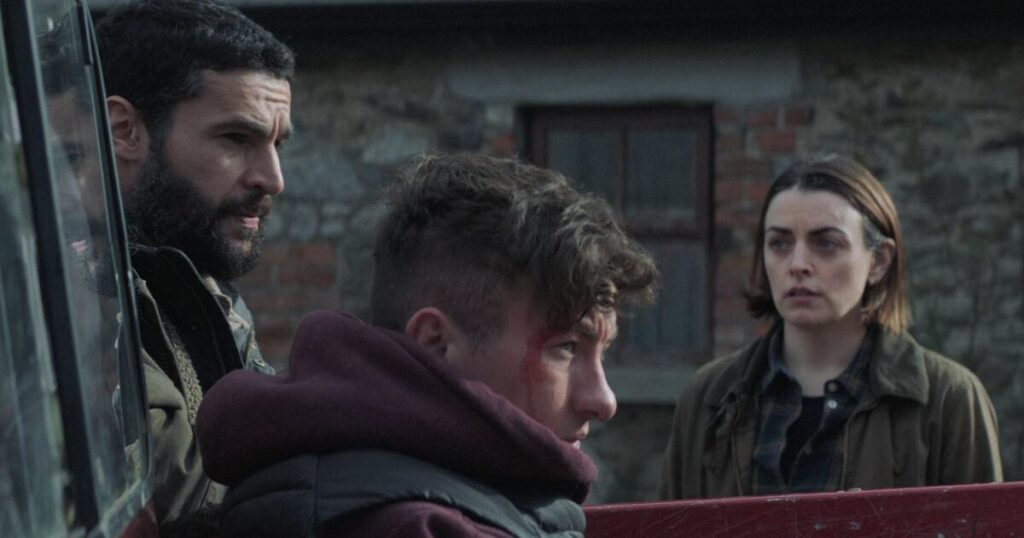Cinema-goers have expressed their dismay in letters of complaint to the Irish Film Classification Office (IFCO) regarding the levels of sex and violence depicted in recently screened films. One viewer felt their “mind was polluted” after watching an award-winning movie.
IFCO has revealed details of the correspondence received this year, which referenced seven different films, including critically acclaimed movies and .
Many complaints centered on the belief that the films’ age ratings were too lenient, while others objected to the coarse language and sexually explicit content.
One mother, who took her son to see the 15A-rated , a romantic drama featuring Florence Pugh and Andrew Garfield, voiced her concerns.
“I was completely unprepared for the sexual content and nudity within the movie, which was not indicated in the advertisement,” she stated.
Another viewer, having been drawn to see due to its awards recognition, reported a negative experience.
“I can honestly say I feel my mind has been polluted by watching that film,” they wrote.
“Its 16 rating is appalling. As a 52-year-old, the extreme pornography I witnessed last night was certainly not appropriate and should warrant an 18 rating.”
One person took issue with the Barry Keoghan film, , describing it as “extremely disturbing, with graphic scenes of animal violence and someone’s head being cut off” within a 15A rating.
A former school principal expressed their “alarm at the misogyny towards girls and women” present in , starring Mikey Madison, who earned the Oscar for best actress earlier this year.
“This movie gives a false impression of prostitution,” the former principal commented. “Human trafficking of girls and women is a serious issue. As adults, we need to promote wholesome values that protect the mental health and wellbeing of our teenagers. This film sends all the wrong messages.”
IFCO clarified that these communications were not considered formal complaints according to its procedures and were subsequently resolved.
“At IFCO, we are committed to providing trusted guidance and information to help audiences make informed decisions on what video content they — and their children — view,” said its director Dr Ciarán Kissane, adding each classification decision was “carefully considered”.


